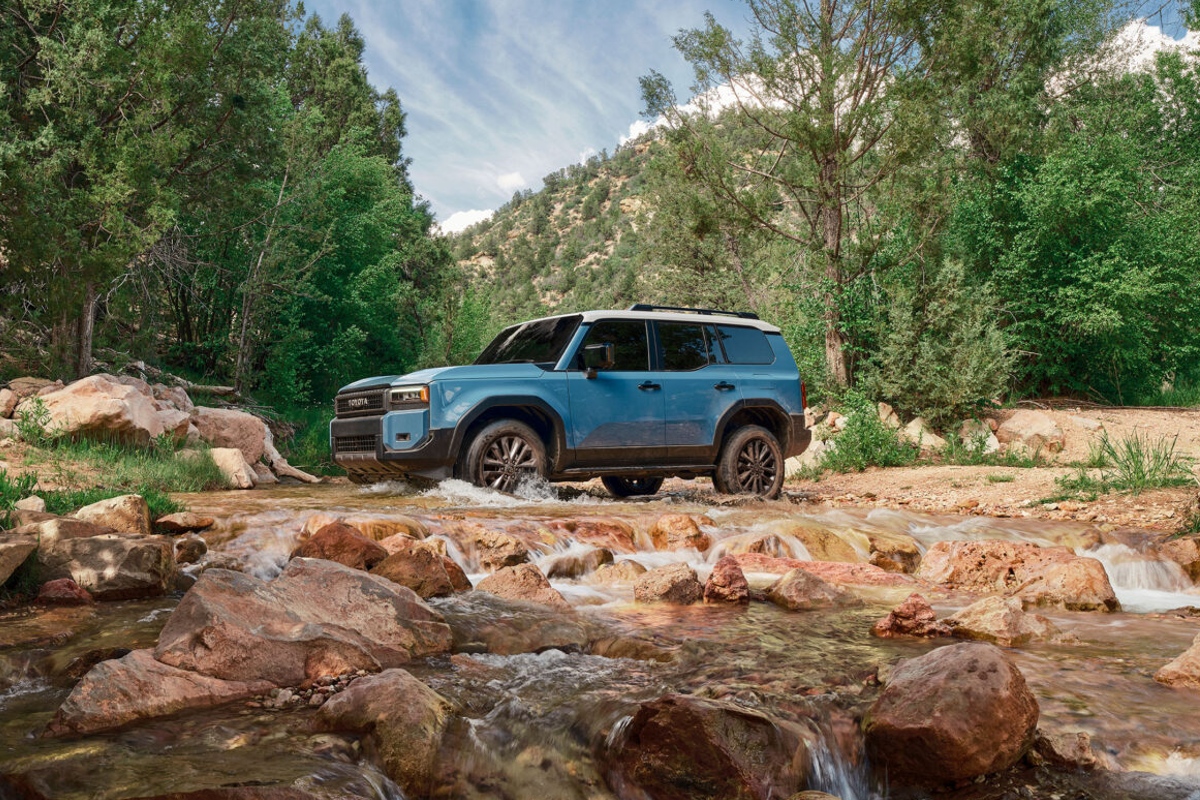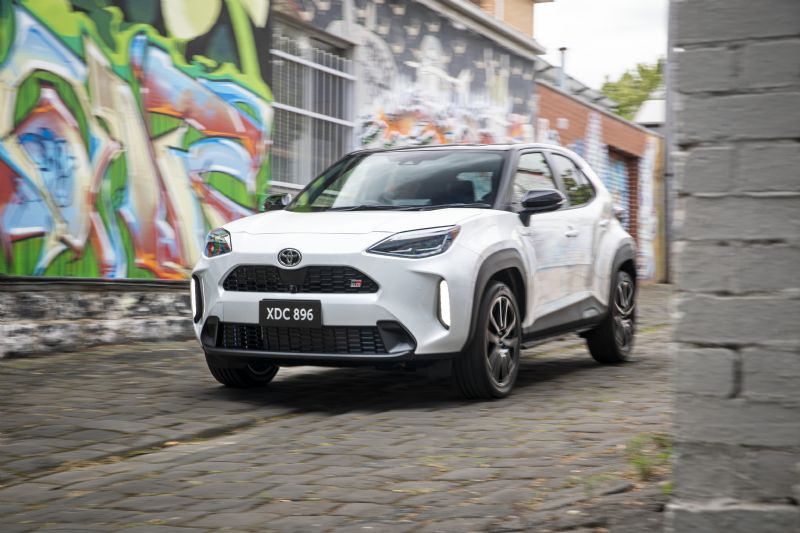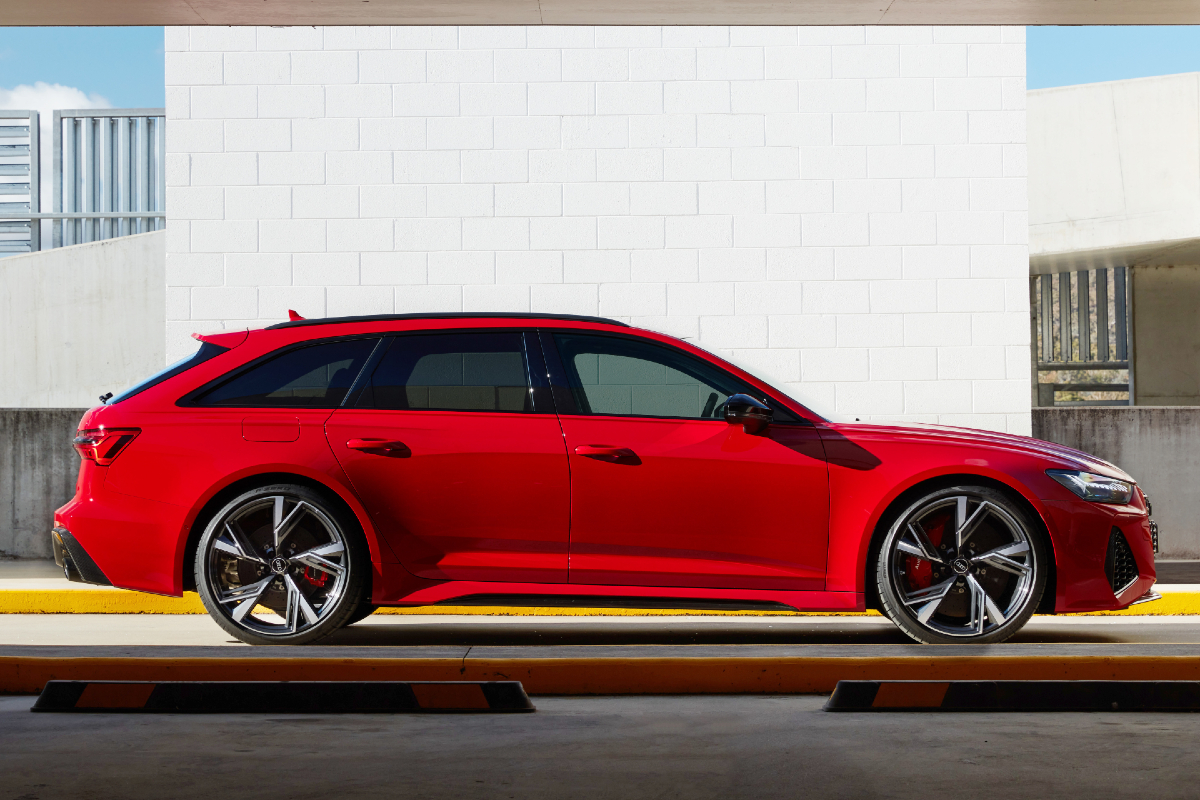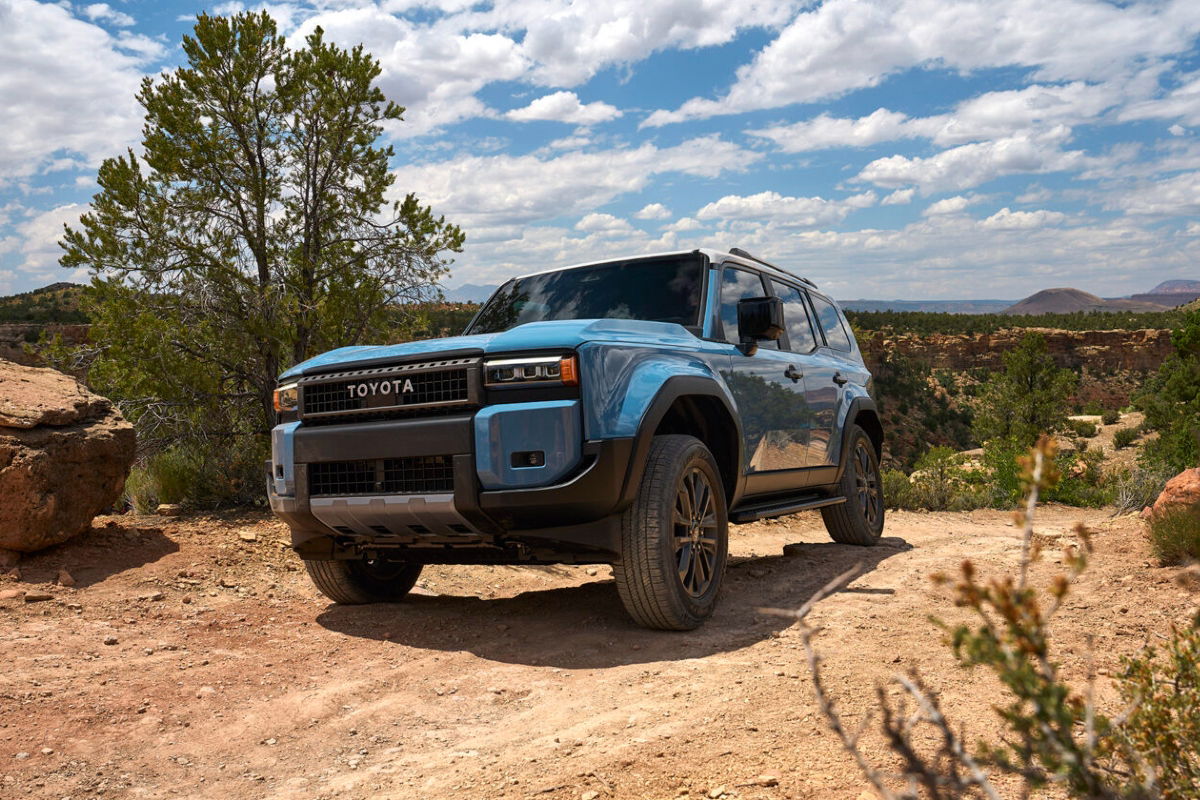
Over the past decade the Australian market for so called SUVs has pretty much doubled in size both in terms of volume and market share. These vehicles now account for well over half of all new registrations.
Frankly, it’s nonsense to call them all SUVs using the accepted meaning of the acronym. What is happening here is a clever marketing ploy to get consumers to pay more for their cars. And it’s worked!
The true description of an SUV is a Sports Utility Vehicle. The Americans invented the term originally to describe a vehicle like a Toyota LandCruiser, a Land Rover Discovery or a Nissan Patrol. Notice the use of the word Utility. So, picture something that is fundamentally utilitarian, but also embodies qualities that might make the vehicle useful for sporting activities such as surfing, cycling or hiking.
READ MORE: What you need to know about the 2024 Toyota Prado
And that should give you an idea of what really is an SUV and what isn’t. For example, I’d say that a Toyota Prado is an SUV. I’d also say that, despite being called a light commercial pick up by VFacts, the Ford Ranger Raptor is also actually closer to the true definition of an SUV than a Hyundai Kona.
What isn’t an SUV is a Tesla Model Y or a Toyota Corolla Cross. But they’re both classified as such by VFacts and manufacturers despite being nothing more than inflated, higher ride height, versions of the passenger cars they’re based on – the Model 3 and the Corolla. The same applies to the Volkswagen T-Roc and the Golf, for instance. I’ve only singled those out as examples, but it’s true all through the industry.
So why are the manufacturers across the world calling vehicles, which are nothing more than pumped up station wagon versions of some smaller car, SUVs? It’s a marketing ploy. Nothing more and nothing less. Make us all feel good about sitting up in the air, driving a ‘big’ car.

Unfortunately, these higher riding vehicles are heavier, less efficient and use more resources to manufacture and ship to end users than their equivalent passenger car cousins. Sometimes they’re also not as safe due the inevitable higher centre of gravity and consequential deterioration in dynamic stability.
A Prado, or an Everest, for instance, isn’t trying to be something it isn’t. But a CX-5? It’s just a less economical version of a Mazda3. What would be a great car would be a Mazda3 station wagon.
Of course, companies also rather like the fact that something like a Mazda CX-5 sells for rather more than a 3. You can be pretty sure that the extra cost of manufacture of the CX-5 over the 3 is rather less than the retail price delta……. Both vehicles have four wheels, a steel body, an engine and drivetrain that barely differs. But we all pay more for the ‘SUV’! And just because I’ve used Mazda as the example here, don’t think the rest of the industry is immune from this opportunism.
And more fool us I reckon. We’ve allowed ourselves to be persuaded to pay more for less!
But, for the sake of accurately tracking the type of cars that consumers are purchasing, it would make sense to have a new, separate, classification for the type of vehicle that I’m singling out as not being genuine SUVs.
Slower Unnecessary Vehicle. Oh dear, that’s the same acronym…..
The solution; rename the genuine SUVs as GUVs. Genuine Utility Vehicles. Vehicles such as the LandCruiser, Prado, Patrol, Everest, MU-X, Ineos Grenadier etc.
Of course, there’s a muddy (pun intended) line here. For example, where does the new Land Rover Defender fit in, now that it’s really become a suburban runabout?
But my main point is that the so called SUV market, especially in the small and medium sectors, is dominated by vehicles which are really just passenger cars on stilts.
And those vehicles are less efficient. They consume more energy (through a combination of weight and/or frontal area) than their smaller counterparts, whether that energy is stored in a battery or a fuel tank. Worst of all, they often don’t really have much, if any, more room than the equivalent wagon/estate car.

Sooner or later, when energy costs go up sharply due to a supply issue caused by a metaphorical spark setting off the next geopolitical shit-fight somewhere, many consumers are going to regret purchasing a so called SUV, especially with a petrol engine. Stand back and see what happens as and when petrol reaches $3 a litre or more.
In fact, that eventuality could see manufacturers rushing to ‘re-classify’ those marginal SUVs as passenger cars to distance the products from any gas guzzler perception, real or otherwise.
It’s not that many years ago that those folk needing more space bought a Commodore wagon or similar. As a kid in Europe, I saw those people buy Volvo or Peugeot estate cars, for instance. And when I was recently in Austria, it was clear that the Audi A6 station wagon still sells in big numbers there.
Honestly, as an illustration, I’d choose a Mercedes Benz E-Class wagon over a GLE every time. It’s simply a better vehicle. Hang on, I’ve just read that the 2024 E-Class wagon isn’t going to be offered in Australia. Bummer.
The manufacturers are winning and converting everyone into vehicles that are more profitable, and less efficient.














Discussion about this post